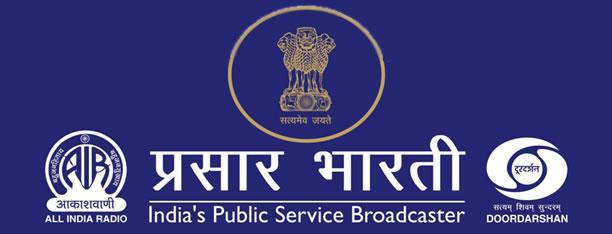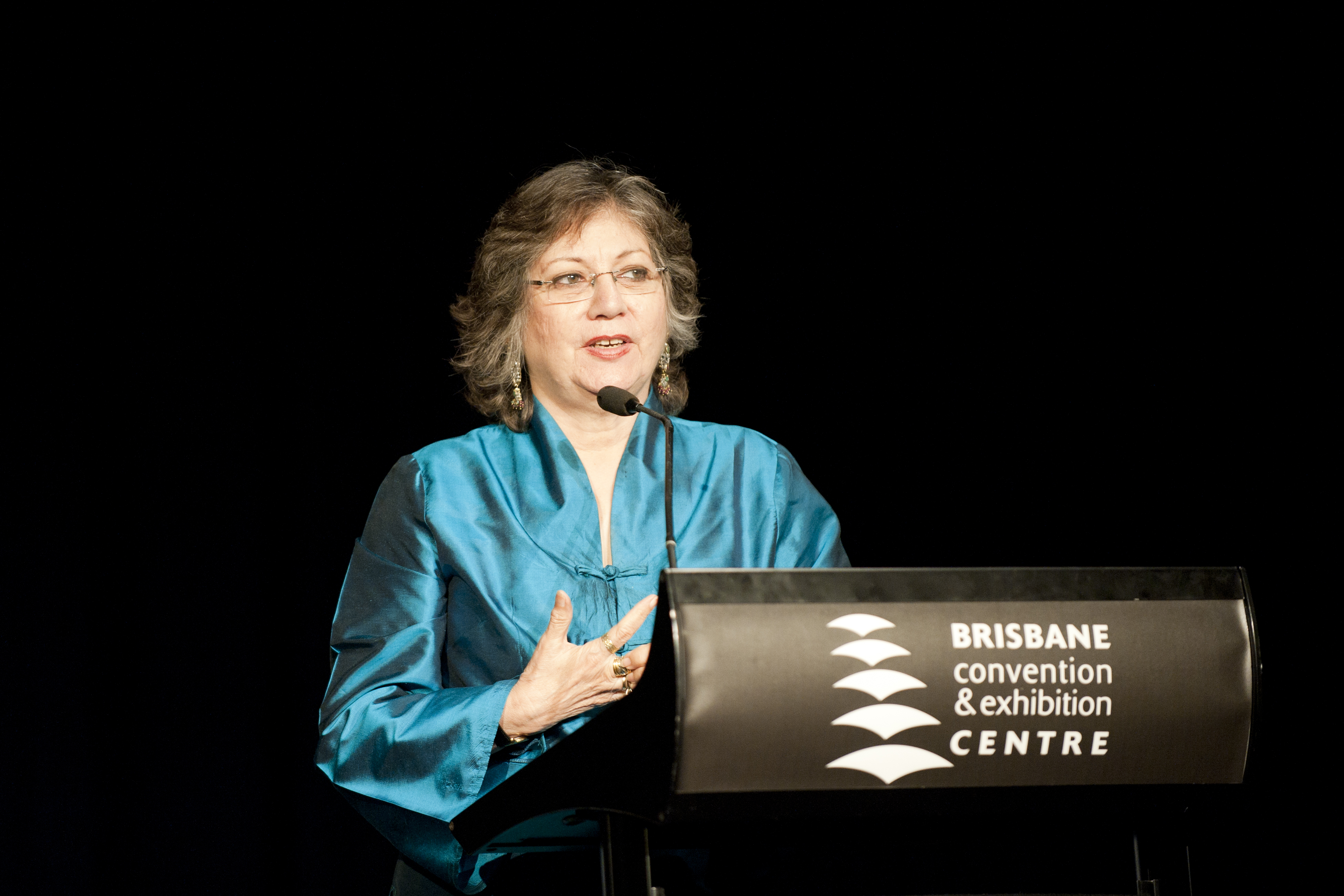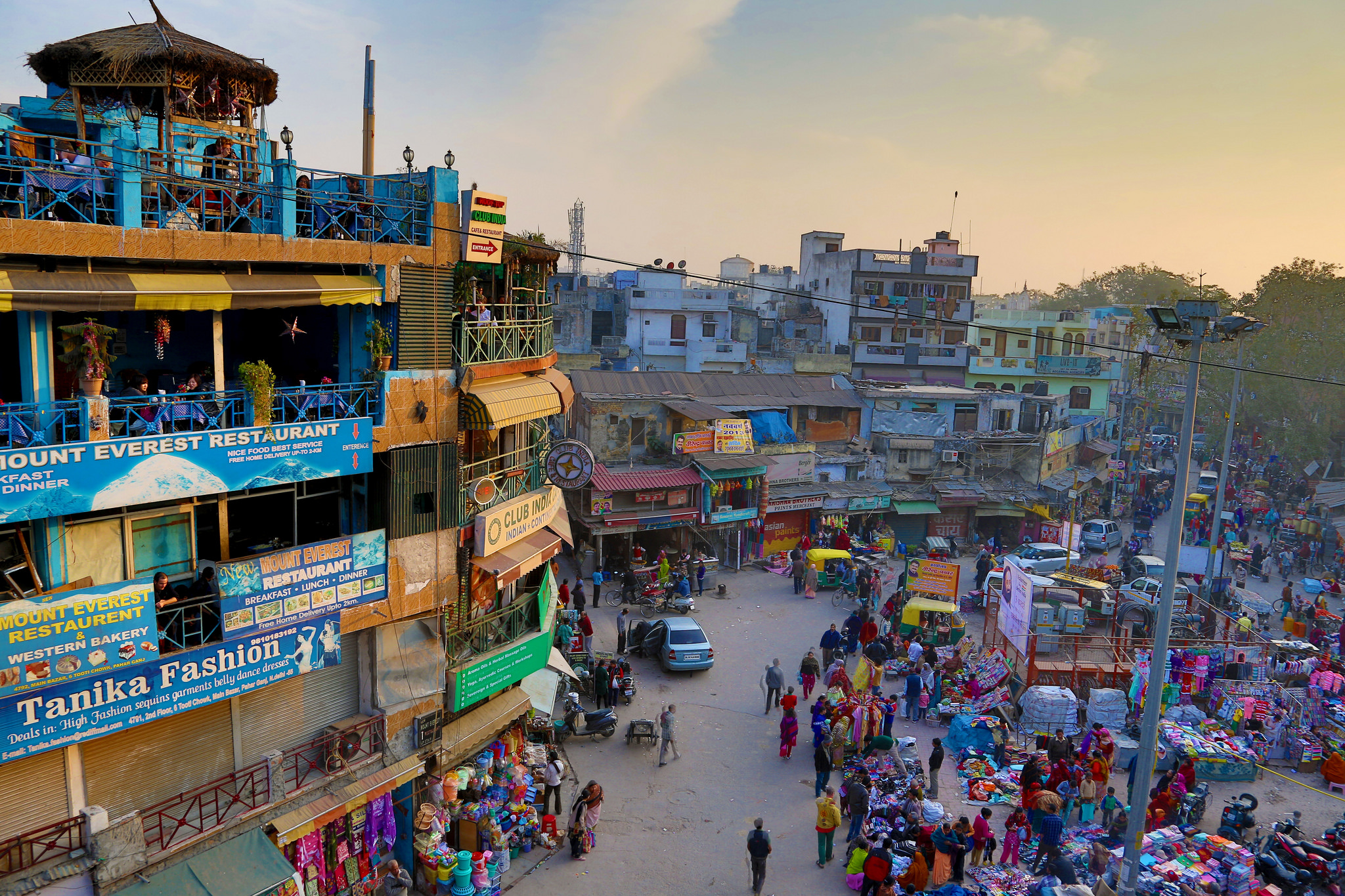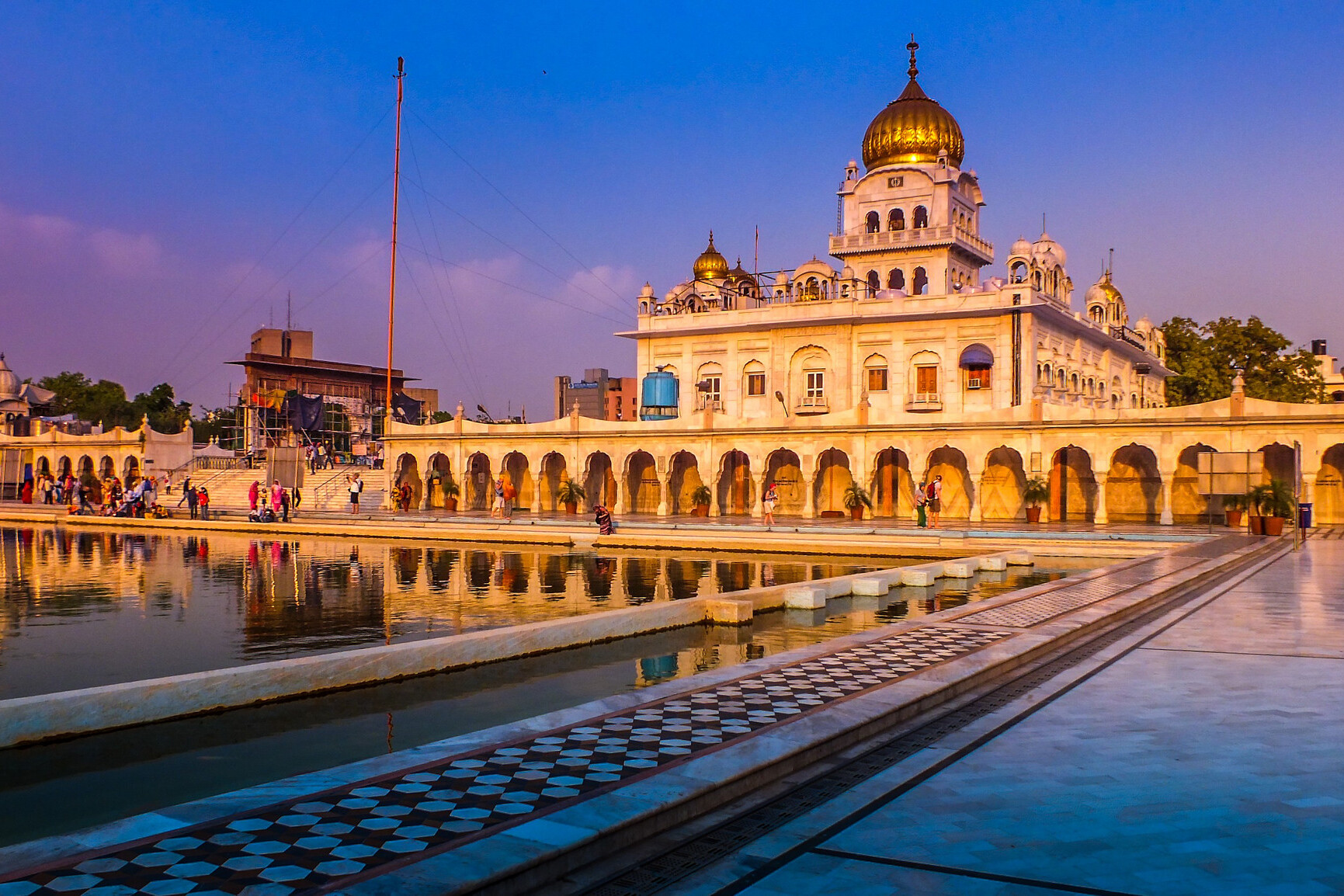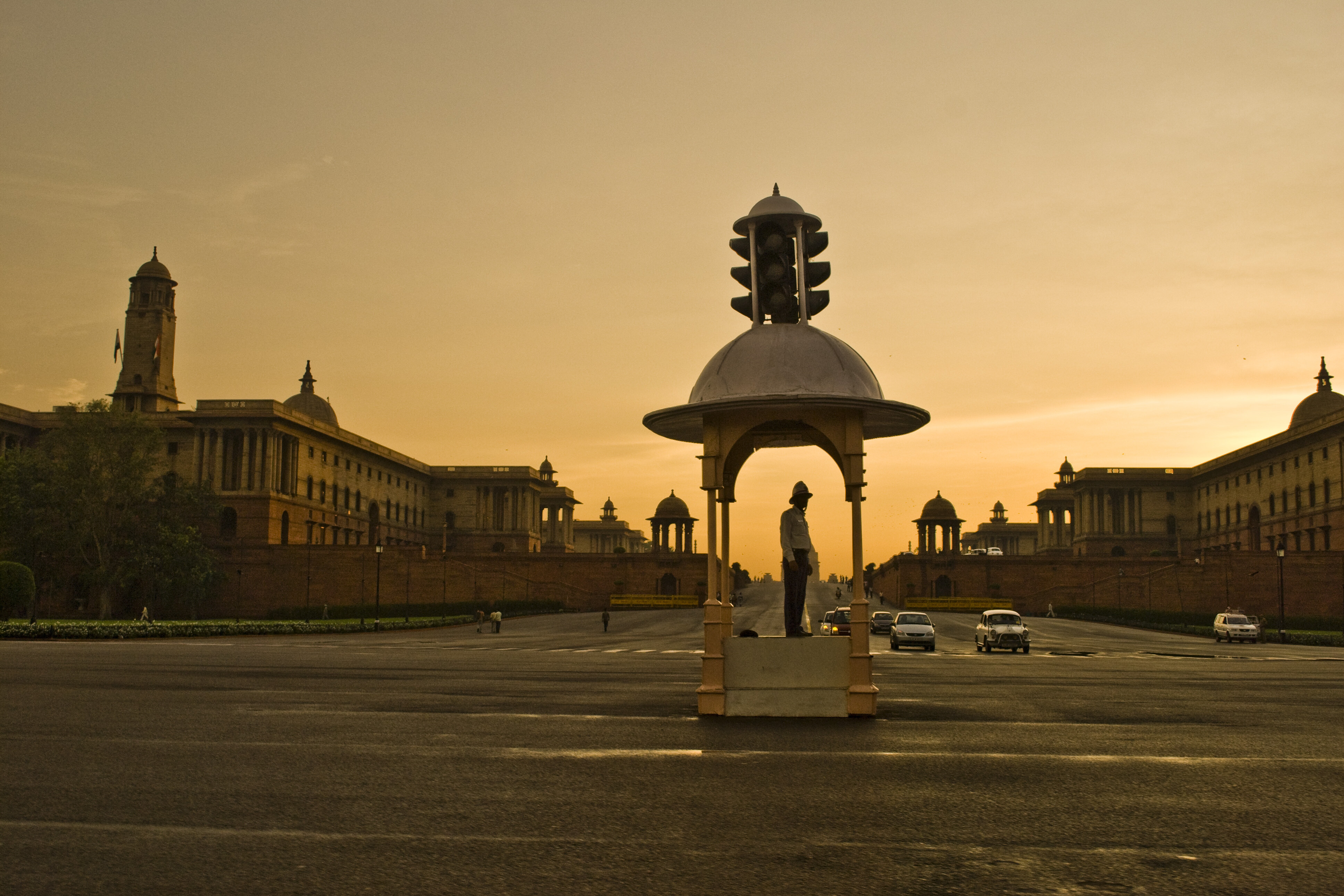A short-winded clash between Prasar Bharati and the Ministry of Information and Broadcasting could have long lasting repercussions for public media and media freedom in India.
In February of 2018, the Ministry of Information and Broadcasting (I&B) came into conflict with India’s national government-owned public broadcaster, Prasar Bharati (PB), for what would be the first of many contentious interactions.
The recently appointed, and now former, minister of the I&B, Smriti Irani, put forward nominations for two top positions within PB: the Chief Editor at PB News and the Head of TV news at Doordarshan News (one of two divisions of PB). Her nominee for the latter position however, was a vocal supporter of the central government and had been publicly criticised for posting false news via social media.
Prasar Bharati’s chairman Surya Prakash dismissed Irani’s suggestions, saying new appointees would receive “unjustifiable compensation”. I&B threatened to terminate the services of all contractual employees in response.
The following month I&B and PB disagreed again when the Ministry’s National Film Development Corporation (NFDC) insisted that PB pay an outsourced agency to provide live coverage of the International Indian Film Festival ceremonies. PB refused to pay for this service since they had the capabilities to film live coverage of the opening and closing festivities themselves. The Indian Express published an article about the dispute between PB and the NFDC, eliciting a response from Prasar Bharati in which they denounced the piece because the source selectively chose what information to share in order to spark controversy. The Indian Express replied, stating they ‘stood by’ their reporting.
An article in The Wire was released the next day, quoting Prakash who said the Ministry was withholding government-allocated funds from PB and thus, the public broadcaster was forced to use its contingency fund to pay employees. Irani denied this claim and was angered that Prakash had shared this information with “anti-nationals”. In a sudden role reversal, the Press Information Bureau for the Indian government released a reactionary statement, asserting that there was a “deliberate, sinister, motivated campaign” launched “by some elements to wrongfully tarnish the image of the Ministry” and furthermore, to cause “loss of reputation for the Government in the public eyes”.
More changes and “Fake News” dismissals
Throughout each of these incidents, Irani and the I&B were making many other changes. From the start of 2017 to March 2018, 155 officials within the Indian Information Service were transferred. These included four of the highest level Director Generals and 36 Additional Director Generals. Among them, was Anindya Sengupta, the Director of Doordarshan News, whose transfer was effective immediately following a complaint she wrote to the Prime Minister’s Office about the reshuffling.
In early April 2018, the I&B made yet another decision in an attempt to further stifle free expression in the Indian media; Minister Irani revised the accreditation terms for print and TV journalists so that anyone who published ‘fake news’, an undefined term in the amendment, would have their accreditation suspended. Two repeat infractions would result in the removal of their accreditation entirety. Without a definition for ‘fake news’, the News Broadcasters Association could, in theory, make their decision about the journalist in question based on political, religious, or other biases.
Just 24 hours later, the Prime Minister ordered the I&B to rescind the amendment.
Minister Irani’s time at the I&B ended the following month, when she too fell subject to reshuffling. She was replaced by former sports minister, Rajyavardhan Rathore. Irani is now the Minister of Textiles.
Nonetheless, Irani’s departure has not stopped the I&B from trying to limit the influence of Prasar Bharati. Mid-March, around the same time as Irani was relocated, the I&B requested PB to conduct a self-assessment of Doordarshan’s Free Dish programme. The service, free-to-air satellite television programming, offers 72 channels and is accessible to around 22 million households. Removing this service would risk isolating lower socioeconomic households from accessing public media broadcasting; an element – if run effectively and independently – vital to the preservation of democracy.
Related Posts
14th May 2018
Former PMA President denied opportunity to speak in India
India is a country where freedom of…
24th January 2017
Indian government to respond to criticism of radio news restrictions
After an investigation, India’s Supreme…
